Abakan is the name of the capital city of the Republic of Khakassia in Russia. Situated between the Yenisei and Abakan Rivers, Abakan is part of the Minusinsk Depression. With a significant population for its location, it’s home to over 160,000 people and was built back in 1675. Throughout the years, it’s had a fascinating and dark role in Russian history. In this article, we’re going to delve into 5 incredible facts about this little known Russian city situated near the borders of Kazakhstan and China.
The City Was Once Home to Ancient Chinese Exiles

During WW2, Soviet workers came across ancient ruins beneath Abakan whilst constructing a new road. Upon further digging, they discovered it was an enormous Chinese palace from the Han Dynasty that would have once belonged to a high ranking Chinese citizen who, oddly for the time, was living far outside the borders of his homeland. Being an ex-pat just wasn’t cool during the BC era…
Over the years, evidence gathered suggested that the palace once belonged to a Li Ling, a Chinese general named Li Ling who had suffered a crushing defeat at the hands of the Xiongnu in 99 BCE and subsequently defected. However, this has never been fully proven and the true owner of the palace remains undetermined.
The Khakassia Flag is Pretty Cool!
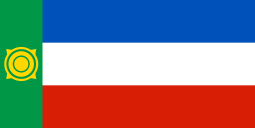
We know the YPT crowds have a soft spot for all things about flags, so a blog about Abakan wouldn’t be complete without mentioning the flag of Khakasia that represents the city and the surrounding region. It’s made up of blue-white-red horizontal tricolour with a green vertical band on the hoist containing a traditional yellow sun device. But the design isn’t the cool thing about the Khakassia flag…
The Khakassia flag was introduced to the republic when the USSR collapsed. You’ve probably noticed that the colour scheme on the flag is the same as the flag of Russia. Interestingly, this is outlawed in Russia. However, the Khakassia flag avoided any repercussions as it was implemented just before the law against using the Russian tri-colour on internal flags was introduced. But as a show of good faith, they changed the color order in 2003 so it wasn’t exactly the same as the Russian national flag.
One Third of Abakan is Made up of Green Areas!
Abakan is one charming city and with over one-third of its total area comprised of green areas, it is certainly no concrete jungle! One of the most popular sites in the city is the Dream Gardens Topiary Art Park. One unique aspect of this park is the bizarre variety of plant shapes that exist, this is the result of a unique “cropping” technique invented by the park’s creator Vasily Antropov. The park also features one of the city’s quirkiest attractions…
Abakan is Home to a Replica Eiffel Tower
In the centre of the wonderful gardens of Abakan is one of the city’s more bizarre attractions in the form of a 14-meter replica of the Eiffel Tower. Like many other strange things in Russia, it’s pretty unclear how this ended up here, but it’s a good replica nonetheless and adds a sense of weird charm to the city.
It’s got a kinda weird Lenin statue…
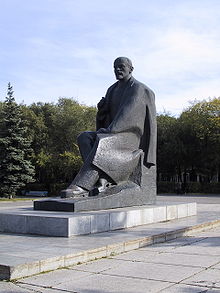
It’s no secret that every town and city in Russia is home to its very own, and often unique, Lenin monument. Abakan is no exception but, I have to say, their Lenin statue is a little bit weird. His legs form a very odd pose that I’ve never seen in a Lenin statue before and, after working for YPT, I’ve seen my fair share. So I’ll affectionately remember this particular monument as the breakdancing Lenin…
Abakan is Pretty Much Shaman Country
These days, most of the population of Abakan is Orthodox Christian. But situated at the crossroads of China, Mongolia, and Kazakhstan shamanism still holds a lot of weight here. See, in Abakan and the wider Republic of Khakassia, Shamanism has always held the spot of the oldest traditional religion in the area. Today, there are often festivals that take place in the city featuring mind-bending displays of public exorcisms carried out by shamans!
Khakassia is Home to the Russian Valley of Kings
A few clicks outside of Abakan is Russia’s very own Valley of Kings. This consists of ancient burial mounds and megaliths. This place is a truly impressive sight and very atmospheric. What’s more? They’re guarded by the ancient Gates of Salbyk which, according to local shaman’s, are said to give you a significant vitality boost just by touching them. Sign me up!
Many Lithuanian Rebels Were Condemned to Khakassia
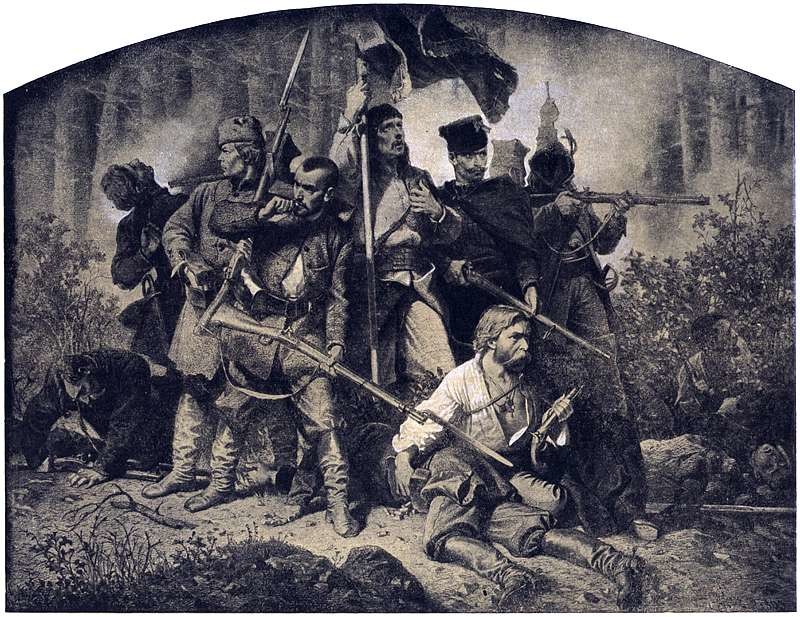
Through the 18th and 19th centuries, there were four rebellions led against Russian by Lithuanian rebels. Naturally, those captured alive were in for a brutal punishment and banished to Abakan for a life of forced labour in nearby mines outside the city. At the time, the region was an unruly and godforsaken place. These Lithuanians remained there throughout the Soviet Union and only began to move into the city after Stalin’s death. So today, there is a significant Lithuanian heritage in the city.
Khakassia is Popular Amongst Russian Tourists as the “Siberian Switzerland”
Abakan might be a pretty small place and out of the way, but that doesn’t stop a healthy number of Russian tourists flocking to it each year. You see Abakan is locally referred to as Siberian Switzerland due to its abundance of both saltwater and freshwater lakes. Said to hold ancient healing properties, these lakes have since had various spas built around them to cater for domestic tourists.
Abakan Was Formerly Home to a Russian Airborne Brigade
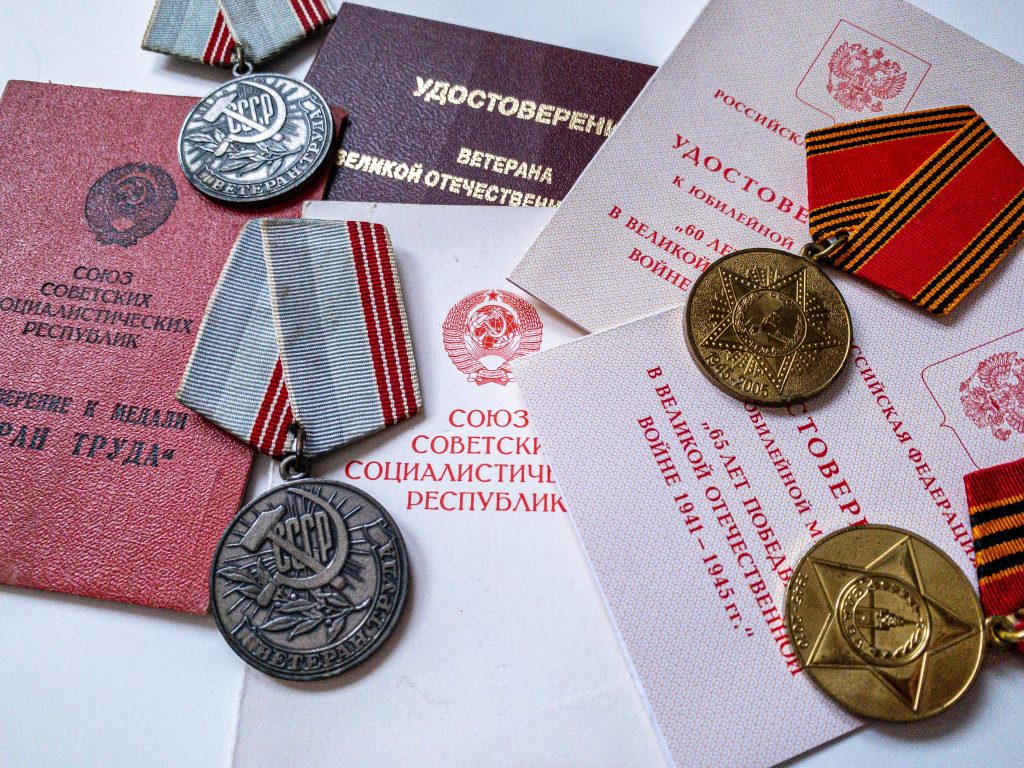
Until the mid-1990s, the 100th Air Assault Brigade of the Russian Airborne Troops was based in the city of Abakan. Formed before the outbreak of WW2, Russia’s Airborne Brigade was once the biggest airborne force on earth until it was split amongst the newly independent post-Soviet states after the collapse of the USSR. They’re an iconic site of the post-Soviet sphere and can often be recognized by their baby blue airborne beret and their blue stripe vest known as a telnyashka in Russian.
The Abakan Rifle and an Arms Race
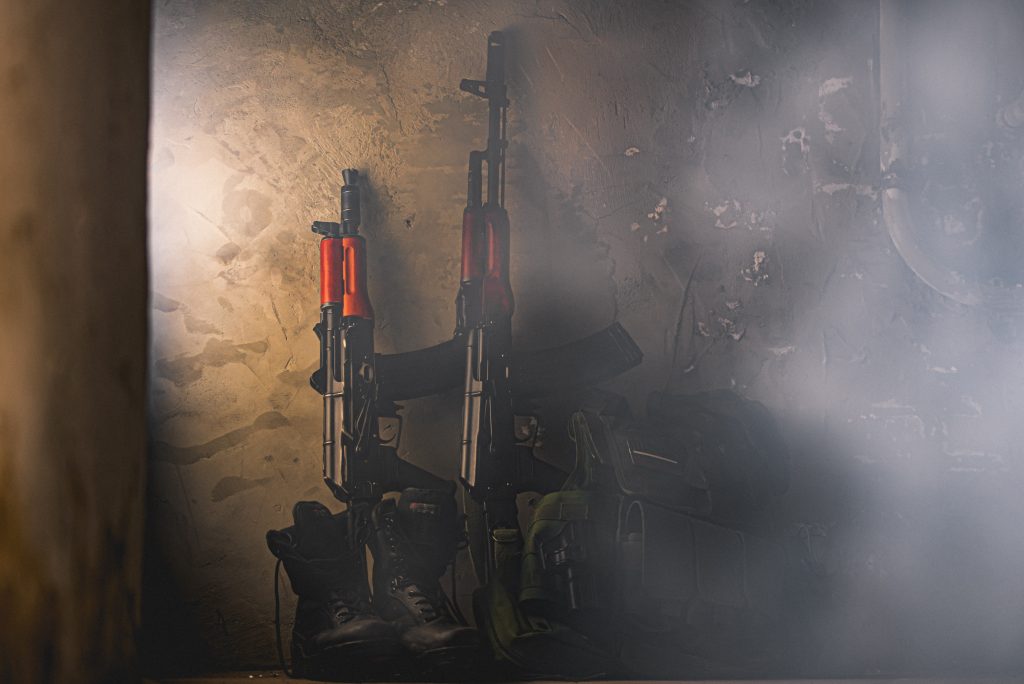
The facts in this list were in no particular order, but when there’s an Abakan rifle named after the city with a pretty cool backstory, it’s naturally taking first place over the fake Eiffel Tower! See, Abakan was used to label a secret Soviet project that saw an arms race between the USSR and the United States. This was known as Project Abakan that spawned the Abakan rifle, otherwise known as the AK-74.
In the wake of WW2, the Allies knew from combat experience that large amounts of firepower at short range had a better effect than long-range firepower. In the post-war years, theY opted for smaller calibre weapons to allow troops to carry the weight of more ammunition. So during the Cold War, the U.S. and other NATO countries adopted the 5.56mm and the 7.62 rounds for their weapons. Naturally, the Soviet’s didn’t want to miss out.
In the year ’74, the Soviets introduced their fittingly named AK-74 that replaced the earlier AK-47. Never one to be outdone by those cunning capitalists in the West, they made sure the AK-74 was a slightly smaller calibre at 5.45. But to improve the combat effectiveness of the weapon and keep up with the Americans, they launched Project Abakan that saw various weapons designs trialed. One of which, was the Nikonov AN-94 “Abakan” rifle.
In 1997, after the collapse of the USSR, the Abakan rifle was briefly adopted by the Russian army to replace AK-74 rifles. However, the Abakan rifle wasn’t cheap and Russia was rather strapped for cash at the time. They soon fell out of love with the weapon and abandoned it. Production ceased not long after and the Abakan rifle remains a deadly memento, albeit an expensive one, of the city in Khakassia.
For private Russian tours to Abakan and guided visits to Siberia, check out our range of Soviet tours for inspiration and contact us for a quote today!





